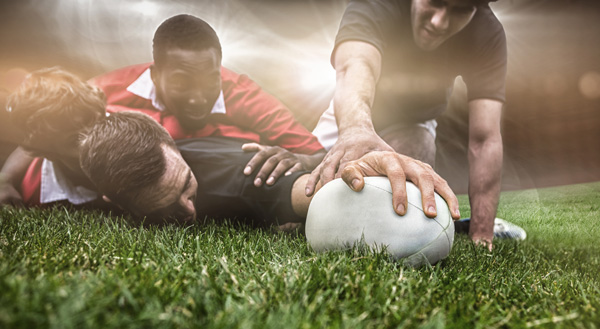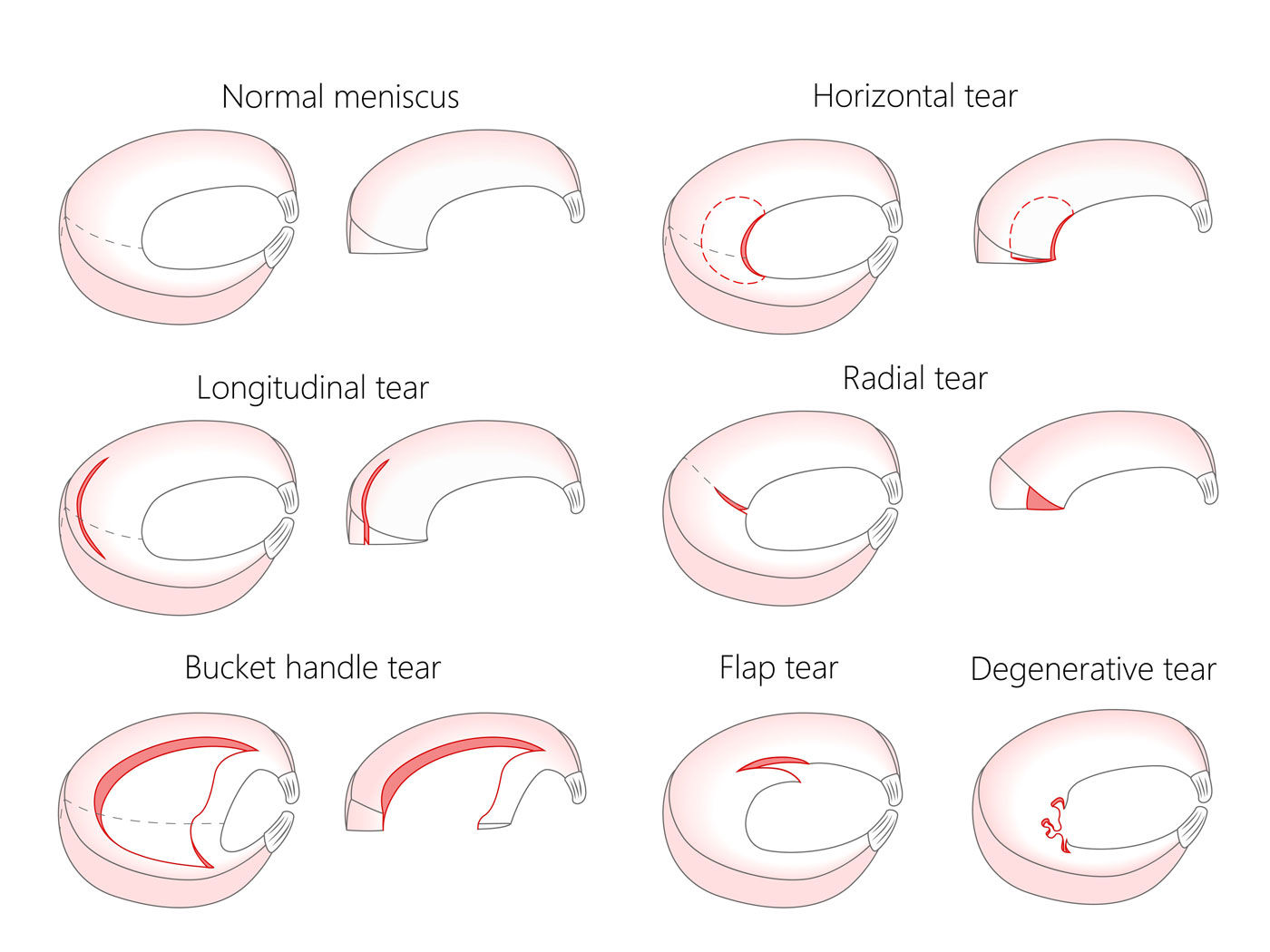How do meniscal tears occur?
Meniscal tears are common in sports, and they usually occur when there has been a pivoting or twisting movement in the knee whilst the foot is in contact with the ground – for instance, during a rugby tackle.
Some people feel a swift onset of pain or experience a click or ‘crunch’ in the knee as the meniscus tears. If the injury to the knee is severe, other structures may also be damaged. Many people will have swelling in the knee and dislike loading the knee. Sometimes, bending the knee or going up and down stairs can feel difficult, and squatting down or kneeling may be painful. Turning over in bed may also awaken the pain.
If part of the meniscus tears and folds inside the knee, there can be true locking of the knee when the meniscus jams in the knee and prevents movement. Some people report a feeling of weakness in the knee, or the knee may give way.
As we age, the menisci do, too. The menisci lose their ‘rubberiness’, and their free edges fray, like the bottom of a pair of old jeans. This can lead to degenerative tearing over weeks and months, and the knee gradually becomes achy or painful.

How are meniscal tears diagnosed?
When you come to the clinic, I will want to hear about your knee problem, how an injury occurred, and how it affects you and your lifestyle. I will carefully examine you and your knee, and I’ll likely recommend MRI imaging to confirm whether there is damage to the meniscus or other knee structures.












